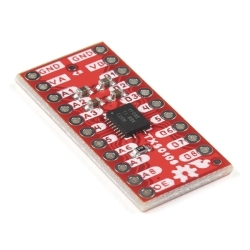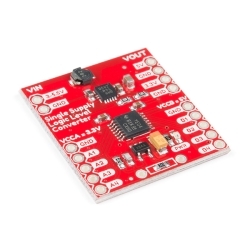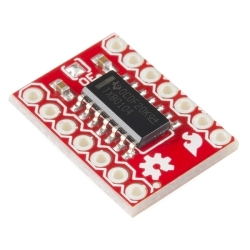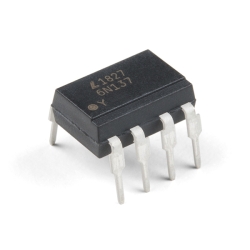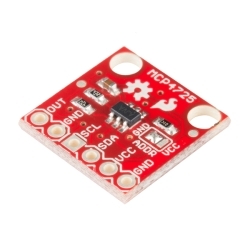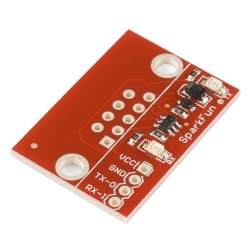SparkFun Level Translator Breakout - PCA9306
Different parts sometimes use different voltage levels to communicate. This PCA9306 Level Translator can be the key to making different parts play nice.
Helpful Documentation
Product Overview
This is a breakout board for the PCA9306 dual bidirectional voltage-level translator. Because different parts sometimes use different voltage levels to communicate, voltage level translators can be the key to making different parts play nice.
The PCA9306 is a dual bidirectional I2C-bus and SMBus voltage-level translator that's operational on the low side from 1.0 V to 3.6 V and on the high side from 1.8 V to 5.5 V. Simply apply your low- and high-side reference voltages to the VREF1 and VREF2 respectively, connect your I/O and drive the Enable pin high to open bidirectional voltage translation without the use of a direction pin!
Documents:
- Schematic
- Eagle Files
- Datasheet (PCA9306DC)
- Hookup Guide
- GitHub
Replaces:BOB-10403
Documentation
- Schematic
- Eagle Files
- Hookup Guide
- Datasheet (PCA9306DC)
- GitHub Hardware Repo
Customer Reviews

Stock and Customer Discounts
Available Discounts
- $4.99 | 10+ units
- $4.73 | 25+ units
- $4.46 | 100+ units


 Hookup Guide
Hookup Guide Schematic
Schematic Datasheet (PCA9306DC)
Datasheet (PCA9306DC)
